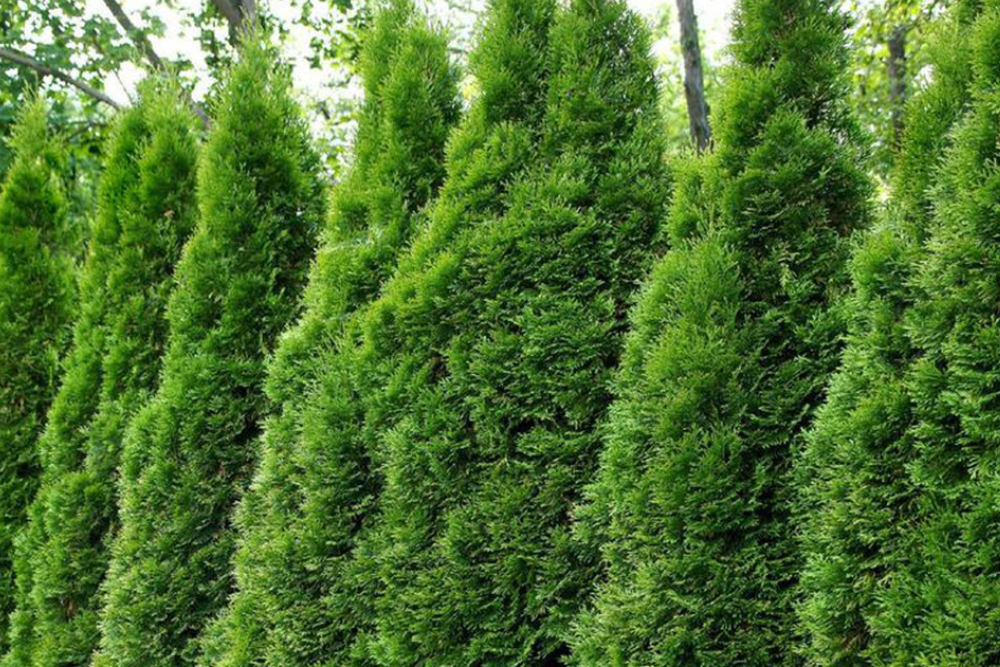Creating a privacy fence using trees and plants is a natural and aesthetically pleasing option. This approach is often referred to as a “living fence” or “green fence.” It involves strategically planting trees, shrubs, or hedges to create a barrier that provides privacy and can act as a windbreak or noise buffer.
When selecting plants for a living fence, it’s essential to consider their growth habit, height, and density. Evergreen trees and shrubs are commonly used because they provide year-round privacy. Depending on the climates and specific requirements, popular choices include arborvitae, cryptomeria, and skip laurels.
To create a natural privacy fence, you can follow these steps:
- Determine the area: Measure and mark the boundaries where you want to create the privacy fence.
- Choose the right plants: Research and select species suitable for your climate, soil type, and desired height. Consider maintenance requirements, growth rate, and preference for deciduous or evergreen plants.
- Plan the layout: Design the arrangement of the plants, considering the desired height and density. Planting in staggered rows or clusters would be best to maximize privacy and provide a more natural appearance.
- Prepare the soil: Ensure the soil is well-drained and enriched with organic matter before planting. Remove any existing vegetation and loosen the soil to facilitate root growth.
- Plant the trees and plants: Dig holes according to the specifications of each plant, ensuring proper spacing. Gently place the plants in the holes and backfill with soil, firming it around the roots. Water thoroughly after planting.
- Maintain and prune: Regularly water and care for the plants as they establish themselves. Prune and shape them as needed to maintain the desired height and density.
Remember to check local regulations or homeowners’ association rules before planting, as there may be specific restrictions or guidelines to follow.



